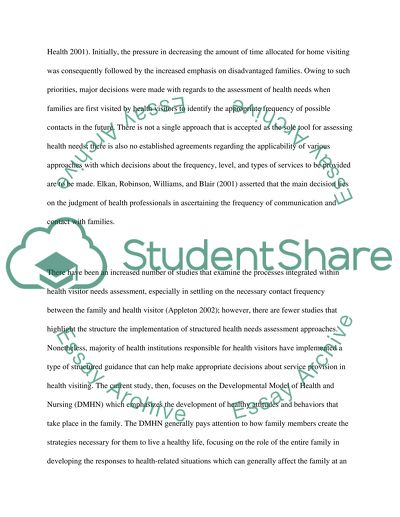Cite this document
(“Selected Family Health Promotion Assessment and Initiative Essay - 1”, n.d.)
Retrieved from https://studentshare.org/environmental-studies/1407557-selected-family-health-promotion-assessment-and
Retrieved from https://studentshare.org/environmental-studies/1407557-selected-family-health-promotion-assessment-and
(Selected Family Health Promotion Assessment and Initiative Essay - 1)
https://studentshare.org/environmental-studies/1407557-selected-family-health-promotion-assessment-and.
https://studentshare.org/environmental-studies/1407557-selected-family-health-promotion-assessment-and.
“Selected Family Health Promotion Assessment and Initiative Essay - 1”, n.d. https://studentshare.org/environmental-studies/1407557-selected-family-health-promotion-assessment-and.


